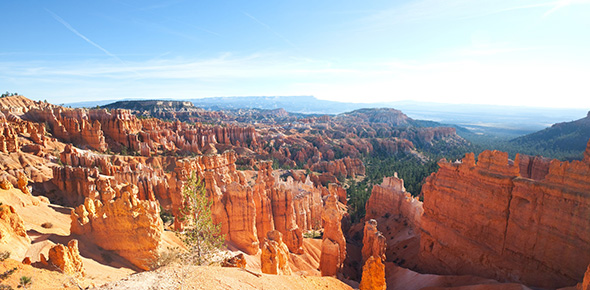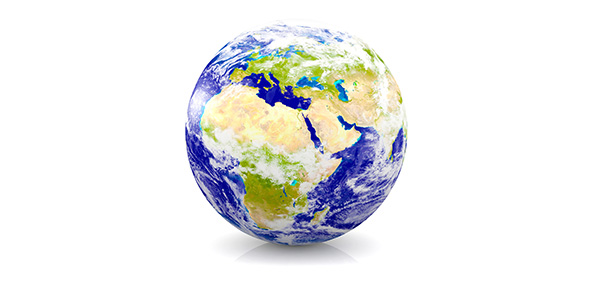Related Flashcards
Cards In This Set
| Front | Back |
|
The Three states of matter
|
Gas, Liquid, solid
|
|
Barometric pressure
|
p.p1 {margin: 0.0px 0.0px 0.0px 0.0px; font: 16.0px Times}
Pressure caused by the weight of the atmosphere. At sea level it has a mean value of one atmosphere but reduces with increasing altitude.
|
|
Temperature inversion
|
p.p1 {margin: 0.0px 0.0px 12.0px 0.0px; font: 12.0px Verdana; color: #333233}
layer in the atmosphere in which temperature increases with altitude.
|
|
Standard Barometric pressure
|
Standard pressure is 29.92”
Standard
barometric pressure is also 1013.2 mb (milibars)
|
|
Worldwide pressure bar
|
I.
Along equator there is low pressure
II.
Along 30’s there is high pressure
III.
Along 60’s there is low pressure
IV.
Along 90’s there is high pressureThese pressure belts provide worldwide
prevailing winds
|
|
3 forces
|
li.li1 {margin: 0.0px 0.0px 0.0px 0.0px; font: 11.0px Calibri}
span.Apple-tab-span {white-space:pre}
ol.ol1 {list-style-type: upper-roman}
ol.ol2 {list-style-type: lower-alpha}
ol.ol3 {list-style-type: lower-roman}
ol.ol4 {list-style-type: decimal}
|
|
Pressure gradient force:
|
Pressure gradient force: When high pressure on the wave chart rolls down to the low areas
|
|
|
|
|
|
Mapping a weather system:
|
There are three main dominant belts on the
planet:
p.p1 {margin: 0.0px 0.0px 0.0px 0.0px; font: 12.0px Helvetica}
1. doldrums: At the center of the earth, when high pressure comes north an south and meets low pressure on the equator.
-It creates a belt of variable winds and calms.
2. Right above the doldrums is called the northeast trade winds.
3. Just south of the Doldrums is the southeast trade winds.
|
|
The Horse latitudes
|
Located north, 30 degrees,
the sub tropical belt of winds and calms. - Same 30 degrees south.
|
|
Winds just on top of the horse latitudes
|
The westerlies (included for the southern belt.
|
|
Northern: Polar EasterliessoutherN: Polar westerlies
|
The pressure in the most northern are weakest. It does manage to come from the east. (Clockwise) -in the south it is just the same, but counterclockwise.
|
|
The FOUR rules
|
li.li1 {margin: 0.0px 0.0px 0.0px 0.0px; font: 11.0px Calibri}
ol.ol1 {list-style-type: upper-roman}
ol.ol2 {list-style-type: lower-alpha}
ol.ol3 {list-style-type: lower-roman}
|
|
Wind Rose
|
An instrument that tells what the wind is like 365 days a year.-Gives a historical perspective
|






